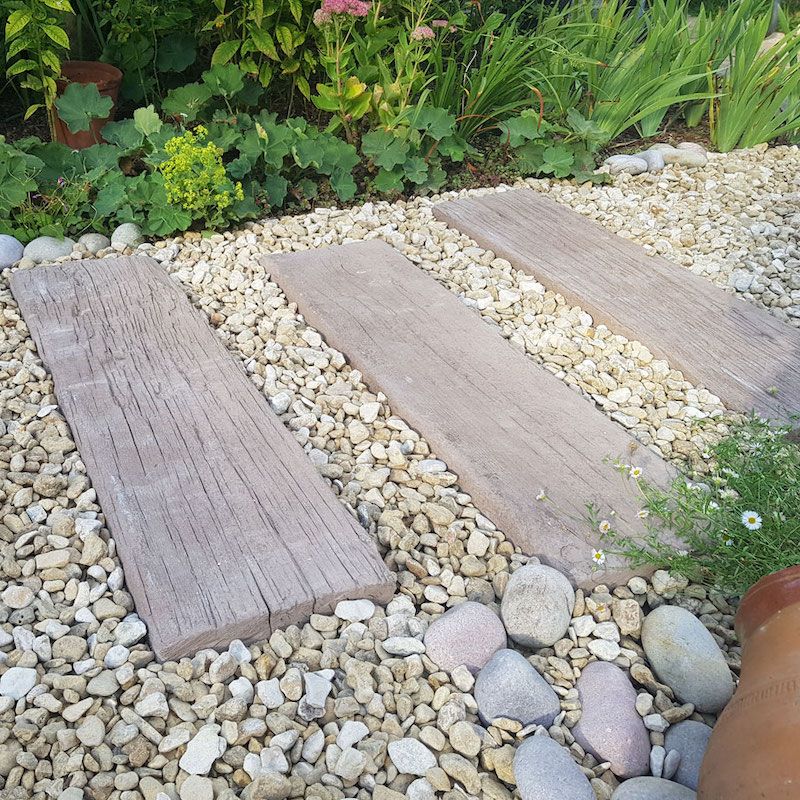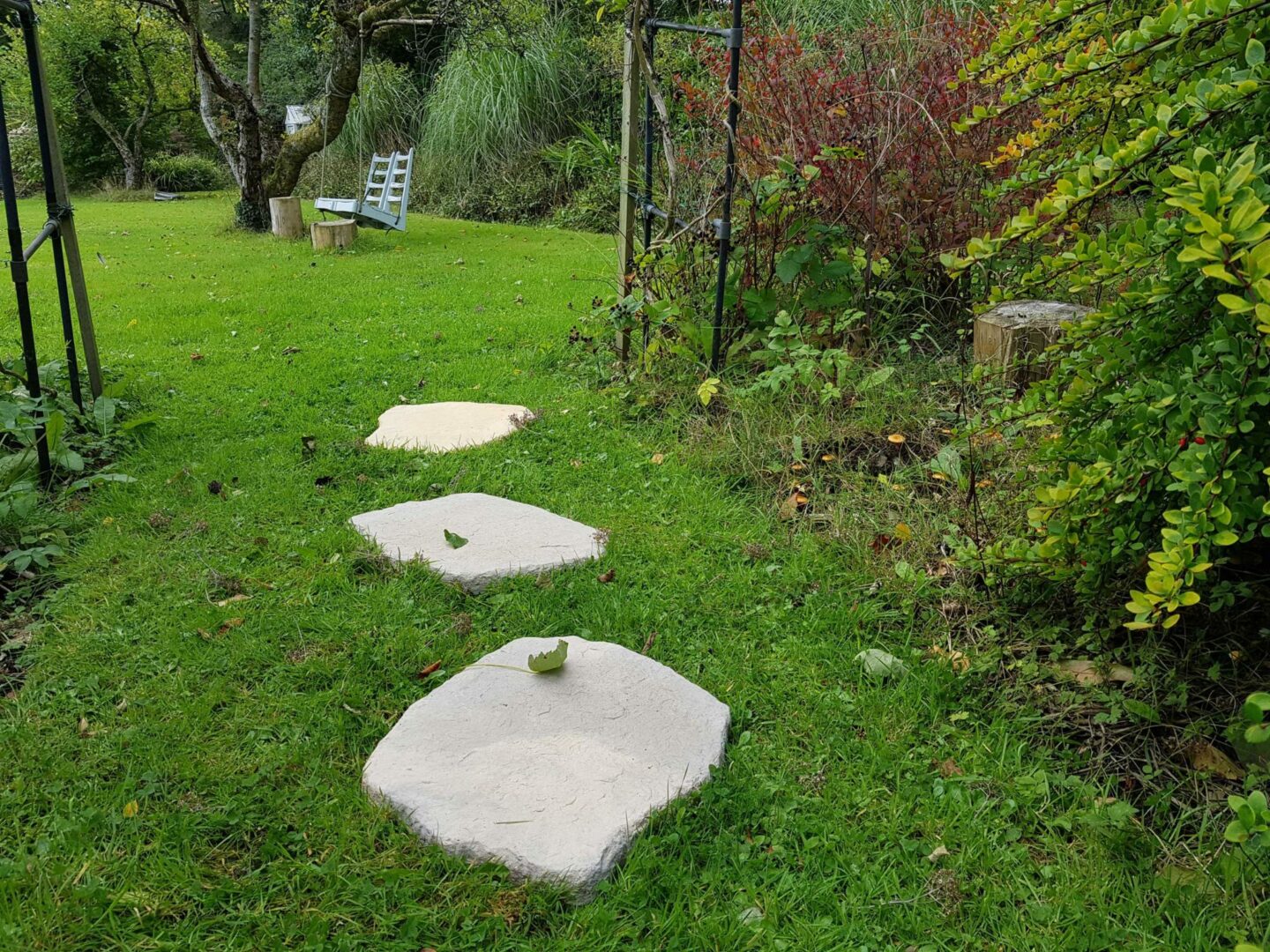Share
7 April 2021
How To Lay Stepping Stones In Your Garden | Stepping Stone Path Guide
A stepping stone path is designed to be visually pleasing, to lead you on an unhurried journey through your garden, or more practically help preserve your garden lawn from frequent pedestrian traffic.
Stepping stones can be quick, easy to lay and able to enhance your lawn area both practically and visually.
Constant footfall is likely to bear patches on any lawn. Why not lay garden stepping stones for an inexpensive and attractive solution for an area to walk on without worry?
Well-placed stepping stones can provide access to areas of your outdoor space that may get muddy in wetter or winter months. Follow these steps on how to lay stepping stones in your garden and create your ideal path.
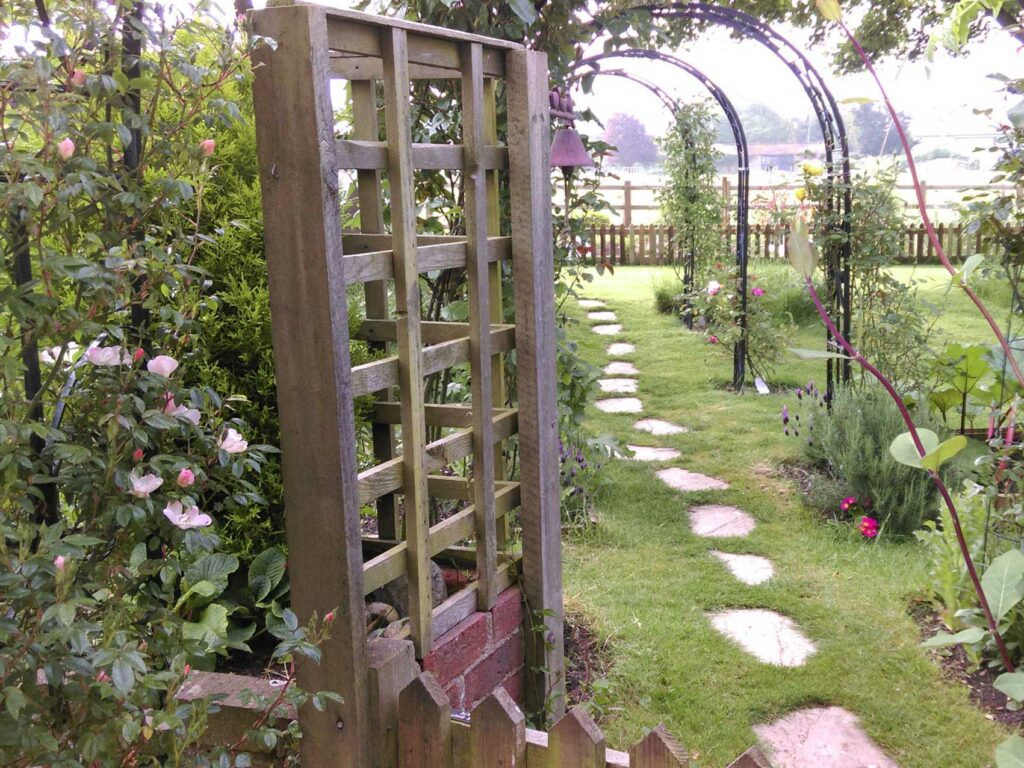
Step 1: Style vs Utility
A key factor that will determine your stepping stone design is to decide if style and intrigue is more important than utility.
A utility only path will involve a simple arrangement of laying square or circular stepping stones to create the shortest travel towards your destination.
A winding, meandering path will create more interest and invite you to appreciate certain elements of your garden space, with thought and intrigue. Irregular and random stepping stones of varying shapes and sizes are inspired by stepping stones used in Japanese gardens
This kind of stepping stone style is still practical for footfall, but is normally associated with creating a space of sanctuary and calm.
It's important to decide whether your project is to lay a random, winding path or a more classic design with utility taking prominence.
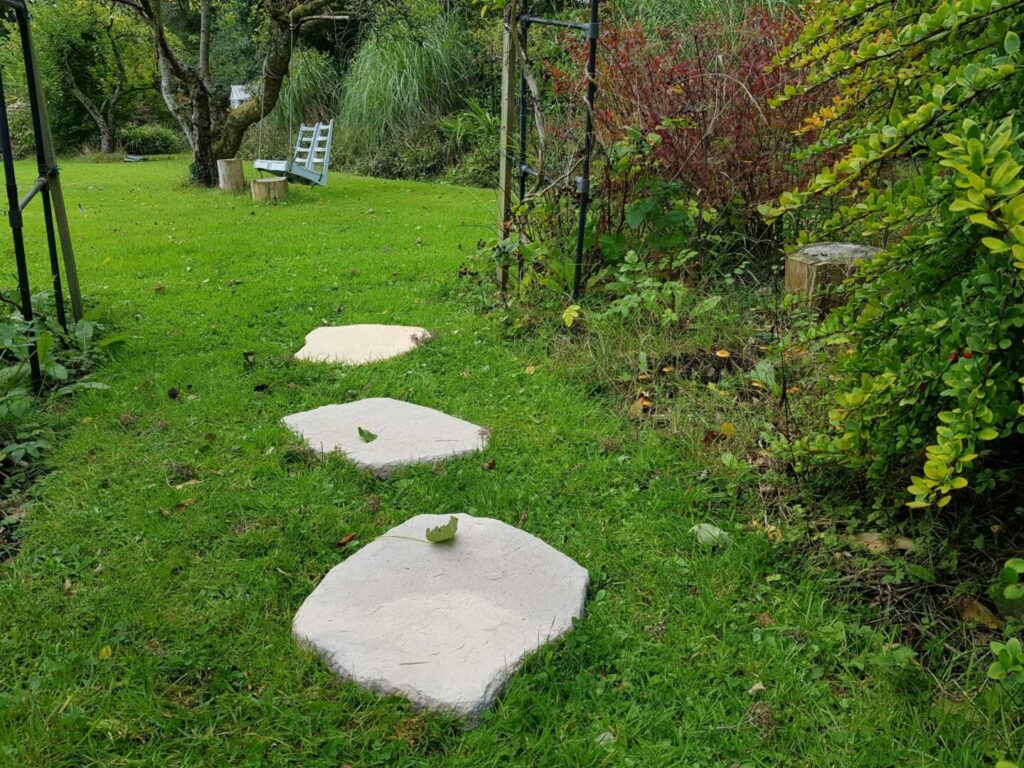
Step 2: Shape & Material
There is a large choice of stepping stone shapes, including square, circular and irregular shapes. You will also need to consider the texture of the stepping stone to fit in with your larger garden project and design.
Once you've decided whether utility or style is more important for your stepping stones, you can start to look at different types and materials.
Wood effect stepping stones mimic real timber. If you want to add some character and woodland charm to your garden setting, they are an inspired choice! You can even capture the look of a tree cross-section with circular rings on certain log style stepping stones. Pair this with gravel path materials or bark chippings for a rustic garden stepping stone path.
Concrete stepping stones and natural stepping stones lend themselves well to more resilient projects. Their durability is perfect for UK climates but with the right laying pattern, you can still bring warmth and charm to both traditional and modern garden designs.
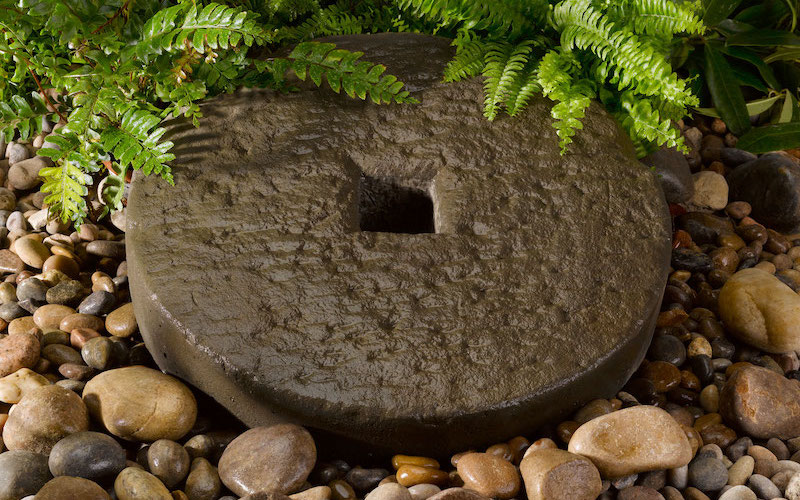
Step 3: Spacing
It's important to check the spacing of your stepping stones before digging any holes for them to be placed.
Arrange your chosen stepping stones loosely over ground first to test the arrangement and the space between each stone. Next, ensure the space is comfortable between each step and feels natural to walk out without having to stretch to reach further stones.
Once you've marked out your path, remove any roots and small stones you may come across that may get in the way and create a shallow hole for each stepping stone to sit in so that it is slightly raised above ground level and doesn't wobble.
